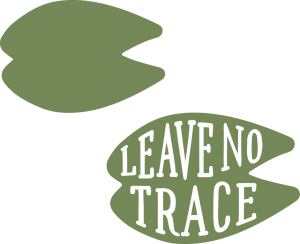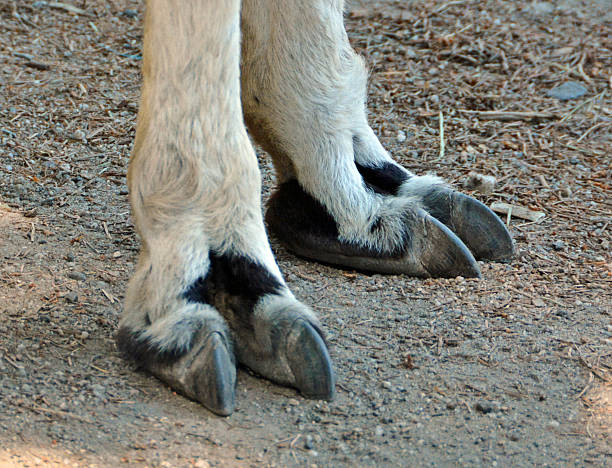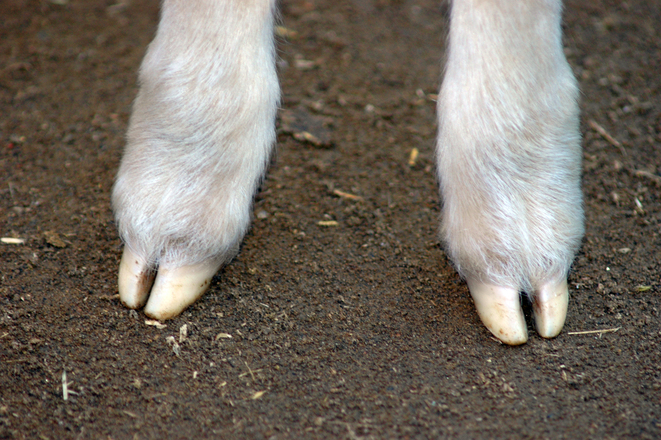Alpacas and llamas come from the Camelid family (yes that does include camels and Terry would love one but he isn’t allowed so whatever you do don’t mention them!) They are all two-toed with toenails and soft foot pads. Their padded feet are gentle on terrain so they can graze land without destroying root systems. So whether that’s our alpacas strolling around the grounds of Lingholm Estate or Whinlatter Forest, or our llamas trekking around the local fells they are leaving very little trace of having been there.
We humans have a habit of looking for similarities that we know so you may be forgiven for thinking that alpacas and llamas have hooves, like sheep or horses but you’d be wrong!
Most even-toed ungulates (such as sheep, goats, deer, cattle, bison and pigs) have two main hooves on each foot, together called a cloven hoof
“So whether that’s our alpacas strolling around The Lingholm Estate or our llamas trekking around the local fells they are leaving very little trace of having been there”

Just like the nails on our hands and feet, alpacas and llamas have nails made out of the durable protein keratin. And just like us this consistently growing material needs to be maintained for their health and comfort. On stony ground their toenails are naturally ground down but if they spend most of their time on soft pastures, like our boys and girls, we trim their toenails from time to time. Fun fact for you, the white toenails grow faster than the dark ones.
Meet our tylopdia…
Tylopoda (meaning “calloused foot”) is a suborder of terrestrial herbivorous even-toed ungulates belonging to the order Artiodactyla. Tylopoda has only one extant family, Camelidae, which includes camels, llamas, guanacos, alpacas and vicuñas.
The primary two purposes of trimming an alpaca’s nails are to give them an even, comfortable walking surface to step on, and to clean out accumulated dirt and debris that might have gotten caught on their footpads and under their nails in order to prevent infections. The length of their nails is the primary point of concern in an alpaca’s foot maintenance. Unchecked, they will grow far past the alpaca’s soft footpad and begin to curl over on themselves, grow over their toe or spread out to the side of their feet, which can create painful walking conditions. If an alpaca seems to have difficulty or reluctance walking, check their feet. You might be far past due for a trimming by that point!
Trimming an alpaca’s nails is not too dissimilar in concept to trimming a cat’s or dog’s nails. Like cats and dogs, alpacas have a sensitive area made of soft tissue in the center of their nails known as the quick. Cutting the quick by accident can be painful and bloody, so it’s important to be very mindful about how much you trim. When we trim The Woolly Army’s nails it’s usually a two-person job. One of us holds and reassures them while the other gentle lifts one foot at a time, does a full inspection of the pad and nails and then trims if necessary. The more we handle their legs and feet the more they tolerate it, most of them are very good and trust us. But a bit like kids and haircuts, there’s always one or two that really don’t like it. We are extra patient with them and often leave them for another day if it’s all too much for them (and us) but they do eventually let us win!
Our References:
https://en.wikipedia.org/wiki/Alpaca
Wordsmiths: Rachel Kearns & Emma Smalley
















